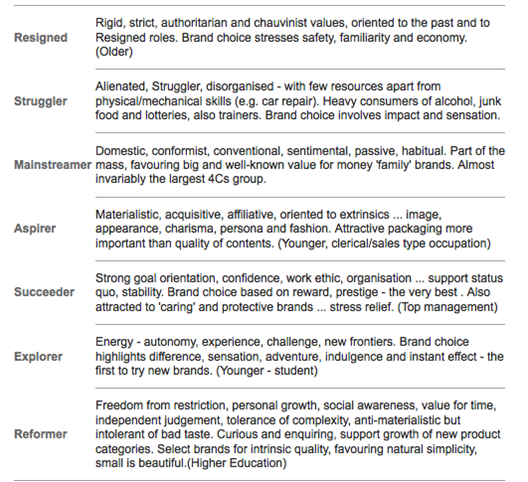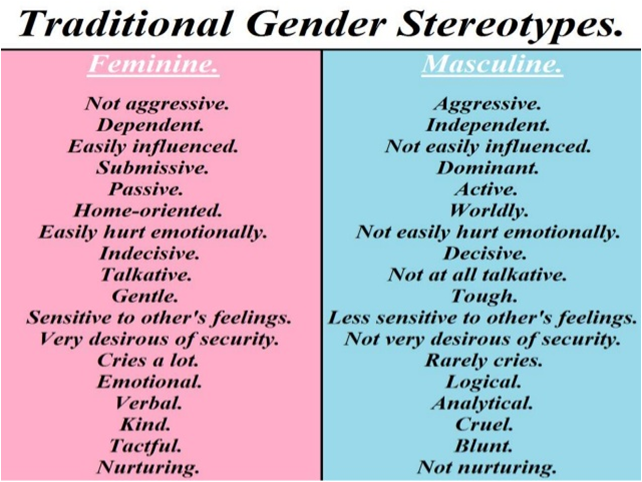Audiences
An audience is a single or group of people who read, view or listen to media text, video, imagery or sound. Examples of these audience include: Radio listeners, Television viewers, Newspaper and magazine readers or film viewers. others include: music listeners, web page viewers/readers.
Audiences are very important. Without them there would be no media because otherwise there would be no point in media being created. The production of media creates profit and jobs so no audience means no jobs for people working gin the media. The mass media is becoming more competitive than ever to attract more and more audiences in different ways and stay profitable.
New technology has impacted audiences greatly. Traditional audiences were limited to print (newspapers and books) and music. Then came the Radio which became available to the general public in the first half of the 20th century, this was the beginning of high audience numbers as millions of people could tune into a radio station and listen to the latest music or hear a radio broadcast. Later on came cinema and then TV which introduced mass viewings of moving pictures. Now we have digital technologies which has opened viewing of media to everyone with an internet connection. This has also led to the fragmented audiences, large groups of people viewing media at the same time is becoming less common, this is down to the vast selection of media available, more then anyone could ever view in a lifetime.
Company’s now make there money from new sources, most of there income comes from advertisements. Free media has adverts and to remove the adverts comes with a fee. This has opened up a new multi billion pound businesses with lots of money being put into advertisement research to maximize income. Newspapers and other print platforms are starting to rely more on online distribution to reduce printing and distribution costs.
There are two main types of audiences;
Those who consume mainstream or popular texts such as soaps or sitcoms. Media and communication that targets a very large group of people (women, men, children, adults etc).
much smaller but very influential. A niche audience is a small, select group of people with a very unique interest.
Audiences can be divided into segments or categories based on demographic and psycho-graphic profiling. Audience segmentation and profiling is crucial to media producers so that they have a clear idea of who they are targeting; who is their ‘typical’ reader/ viewer. They gather information on their audience by using a range of audience research methods. Media companies produce texts that target a particular category of audience and promote it to that type of audience to maximize profits. Advertising agency’s do a similar thing, they tailor the advert and product to a specific audience category to increase the likely-hood of them buying the product being advertised.
Demographic Profile;
The factors for a demographic profile are; Age, Gender, Ethnicity, Socio-economic status and Geographical location. The socio-economic status of a person can be described using the JICNARS scale.


Phycographics: 4C’s Phycographic model (Young and Rubicam)


The Selby & Cowdery (1995)
Trendies-Those who crave the attention of there peers and follow trends in fashion, technology etc.
Innovators-Those who whish to make there mark and aspire to being successful.
Rebels-Those who are non-conformists, unconventional and don’t want to follow rules.
Drop-outs- Those who shun responsibility
Traditionalists-Those who want things to stay as they are, don’t embrace change easily and avoid adopting new ideas.
Utopians-Those who want the world to be a better place.
Cowboys- Those who want to earn easy money.
Virgin trains advert demographic profile;
Advert 1-Female, British, young (20’s), C1-E on the JICNRS scale.
- The age group for this advert is 18-30yo because of; texting, love, boyfriend, make up, fashion, heart on window, says ‘snog on a sofa’ at the train station which is something a young person would say, the music is young, cant be younger than 18 because it features alcohol.
- The gender is definitely female because of; the colours (pink), heart, flirtation with the men, make up, fashion, the music is very romantic girly music, a romantic narrative, heart tunnel, it features a female main character and a female attendant to reassure women that women work on the train too and its safe for them to travel alone.
- The geographical location is England because; its spoken in English, its set in England, the song is English, the company is English, the green fields are English, it featured Manchester city in the advert, it had a sign for Stoke-on-Trent which was changed to ‘snog-on-sofa’.
- The socio-economic status is E because the main character is a student based on her clothing and age. The adverts socio-economic status can go up to C1 because any higher and they would get first class or other forms of transport.
Advert 2-Male, British, middle aged, B-C1 on the JICNRS scale.
- The age group for this advert is 30-50 because of The age of the main character (about 32) the age of the other people (ranging from 30-50), his job is a businessman so the age of that would be 30+, the music isn’t young and modern, the main character is using modern technology, he has brown source which young people don’t tend to have.
- The gender is definitely male, this is because; the main character is male, the other characters are male, it’s about a businessman, which is a male dominated businessman, the music is confident and empowering and very male.
- The socio-economic status is C1 but could possibly be B on the JICNARS scale. This is because; he’s a business man so he’s high up on the scale but he’s not the boss because he got a phone call from his boss so he’s not A, he’s in first class, he dresses smart.
- The geographical location is England because Virgin trains is an British company, it’s set in England, the ticket says he’s traveling from London to Glasgow, there speaking English, the song is English, he’s eating an English breakfast.
The audience profile for my National Emergency Services Museum video
The video I made for the national emergency services museum was definitely targeted at a niche audience. After some primary and secondary research I came to the conclusion that the target audience age is between two groups; 5-10 years old and 30-45 years old. This is because the people who are most likely to visit the museum are parents taking young children. The social grade that would most likely visit the museum would be C1 and up because it cost money to visit the museum.






Recent Comments